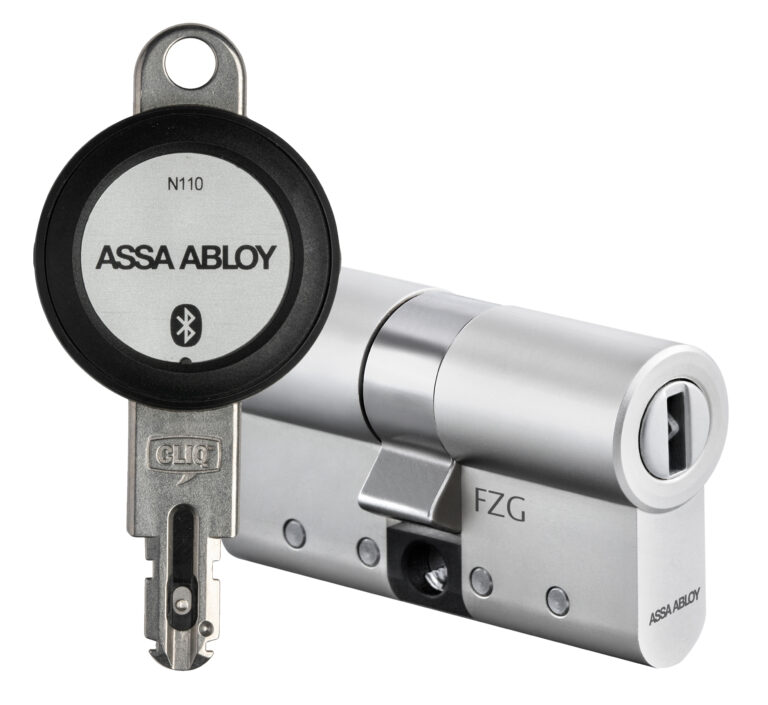December 7, 2007—Simple ways to prevent painful and often disabling musculoskeletal injuries in the construction industry are described by the National Institute for Occupational Safety and Health (NIOSH) in a new publication, Simple Solutions: Ergonomics for Construction Workers.
The NIOSH guide suggests a range of practical interventions to prevent common occupational injuries from handling heavy or awkward loads, making repetitive movements, and other physical demands of construction work. All of the interventions have been used on actual construction work sites, and many can be made with minimal investment.
“A sprained back, a ruptured disc, carpal tunnel syndrome, or any of a dozen other common musculoskeletal injuries can cause pain, days lost from work, prolonged disability, or permanent disability, with resulting hardship for individuals and families,” said NIOSH Director John Howard, MD. “For employers, the costs in lost work time, workers’ compensation, and other expenses can have significant negative effects on their companies’ bottom line.”
In 2005, construction employers reported 35,900 work-related musculoskeletal disorders that resulted in one or more days away from work for injured employees, notes NIOSH. Available data indicate that such injuries are disproportionately high in construction, compared with the average for all industries.
The solutions in the NIOSH publication are organized according to the types of construction work in which physical demands can pose risks for musculoskeletal injuries: 1) floor and ground- level work; 2) overhead work; 3) lifting, holding, and handling materials; and 4) hand-intensive work. In each category, individual tip sheets describe practical interventions for specific work activities or equipment, such as power-assisted rebar tiers, spring- and power-assisted drywall finishing systems, vacuum lifters, and powered caulking guns.
The tip sheet format is designed to make it easy for employers and workers to use the guide on site, and to fit the interventions to everyday work activities. Many of the solutions can be adopted by workers and supervisors, while others may need the involvement of the building owner or general contractor.
Simple Solutions: Ergonomics for Construction Workers, DHHS (NIOSH) Publication No. 2007-122, is available online. For more information about NIOSH research and recommendations to prevent work-related injuries and illnesses in the construction industry or to prevent work-related musculoskeletal disorders, visit the NIOSH Web site.




